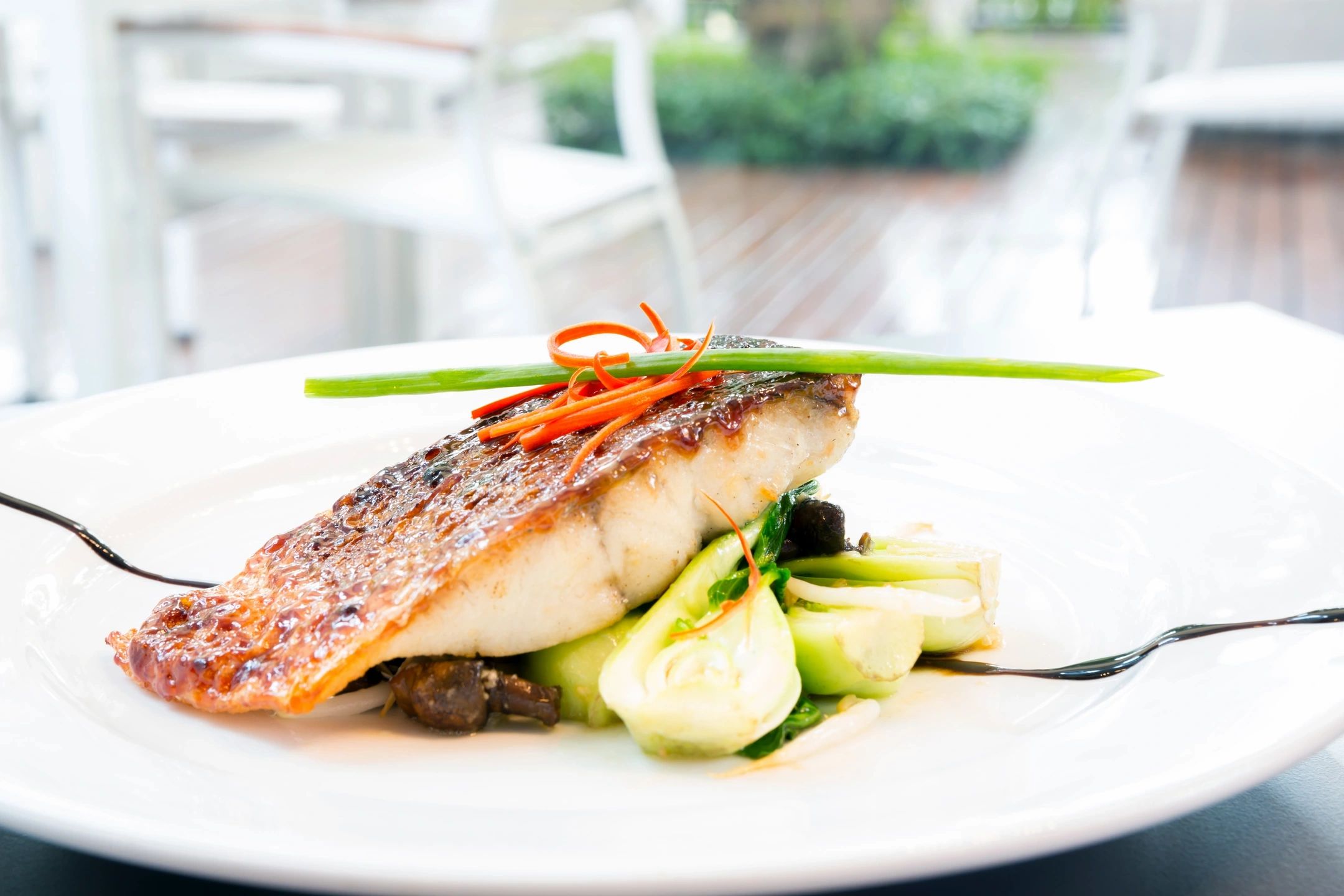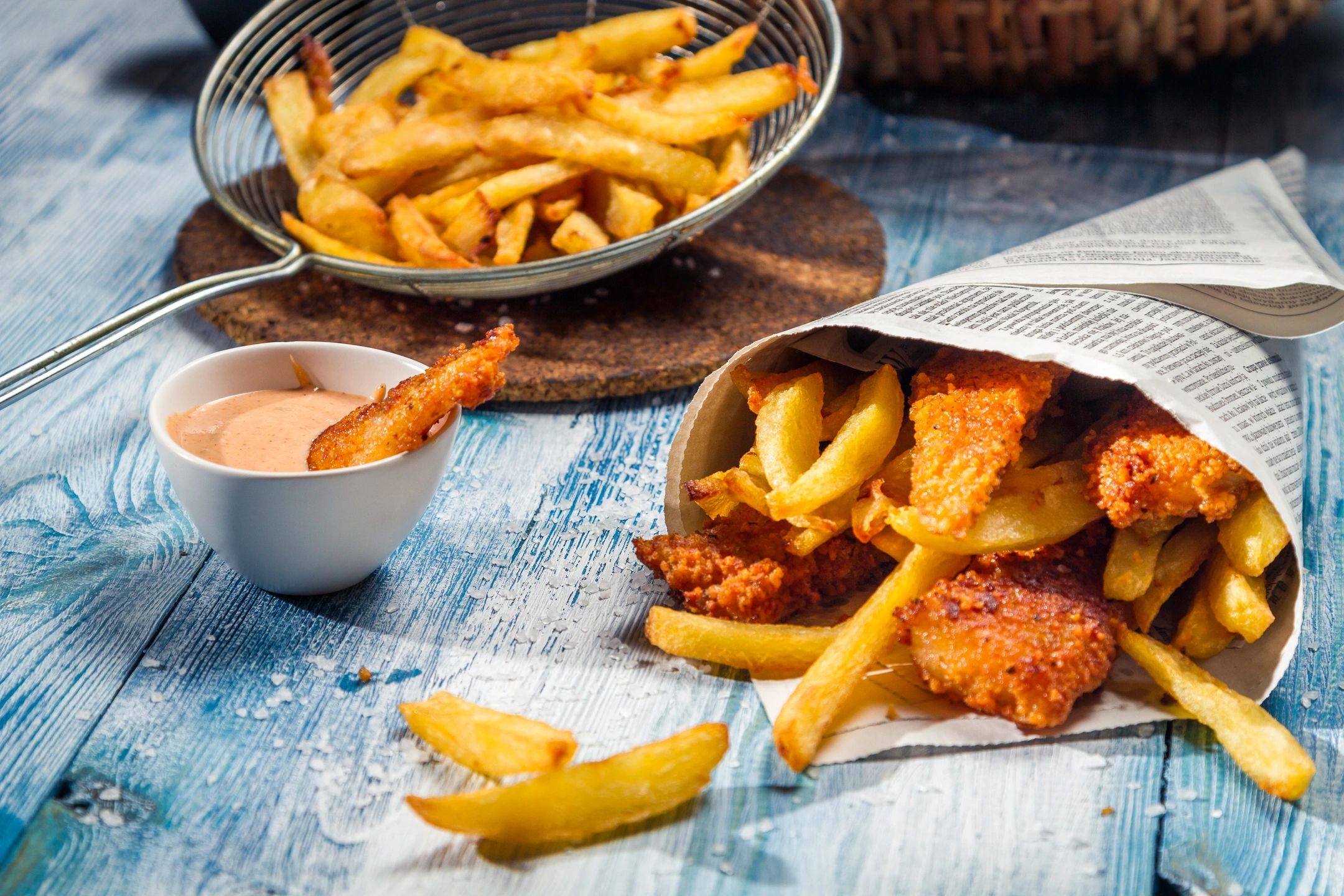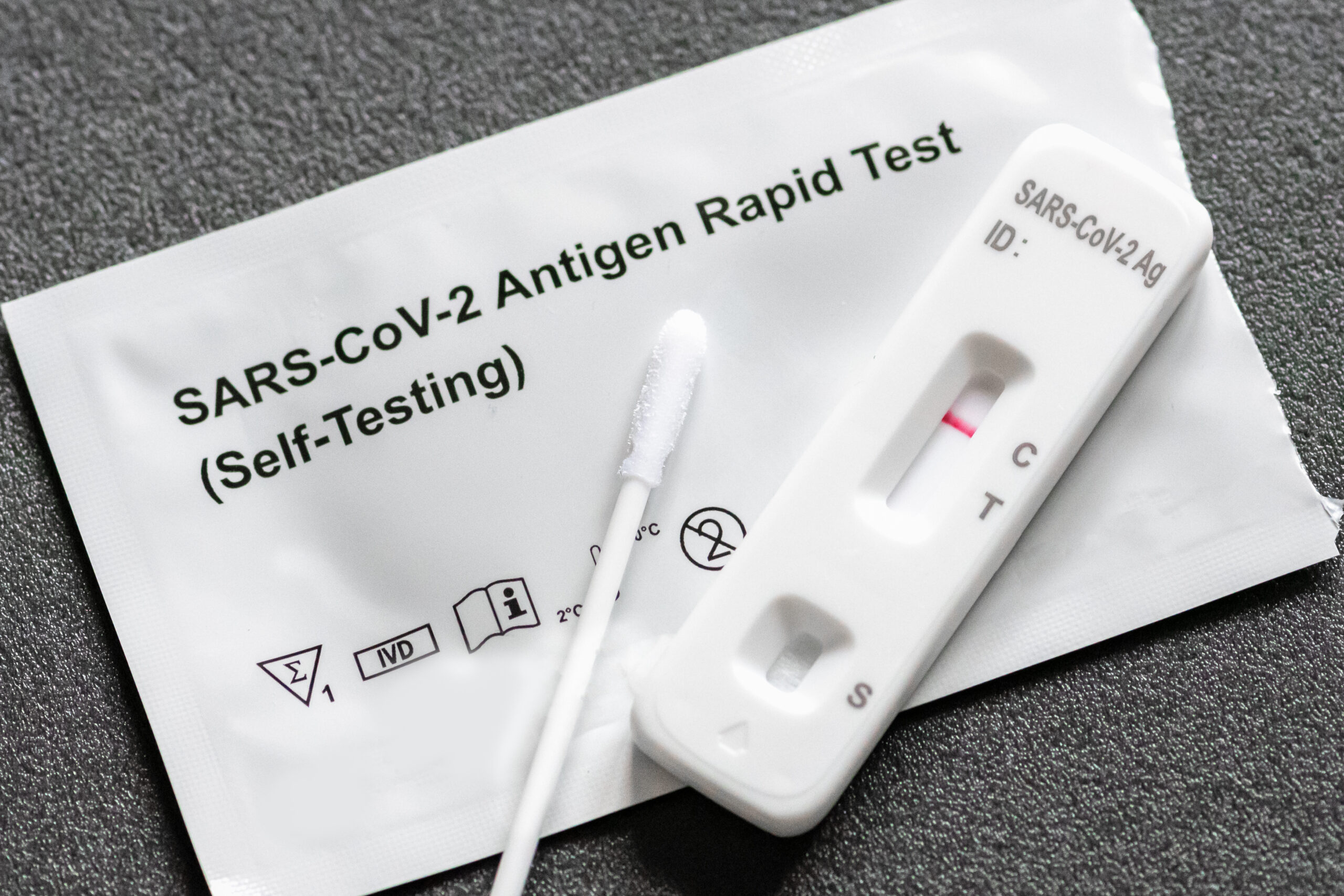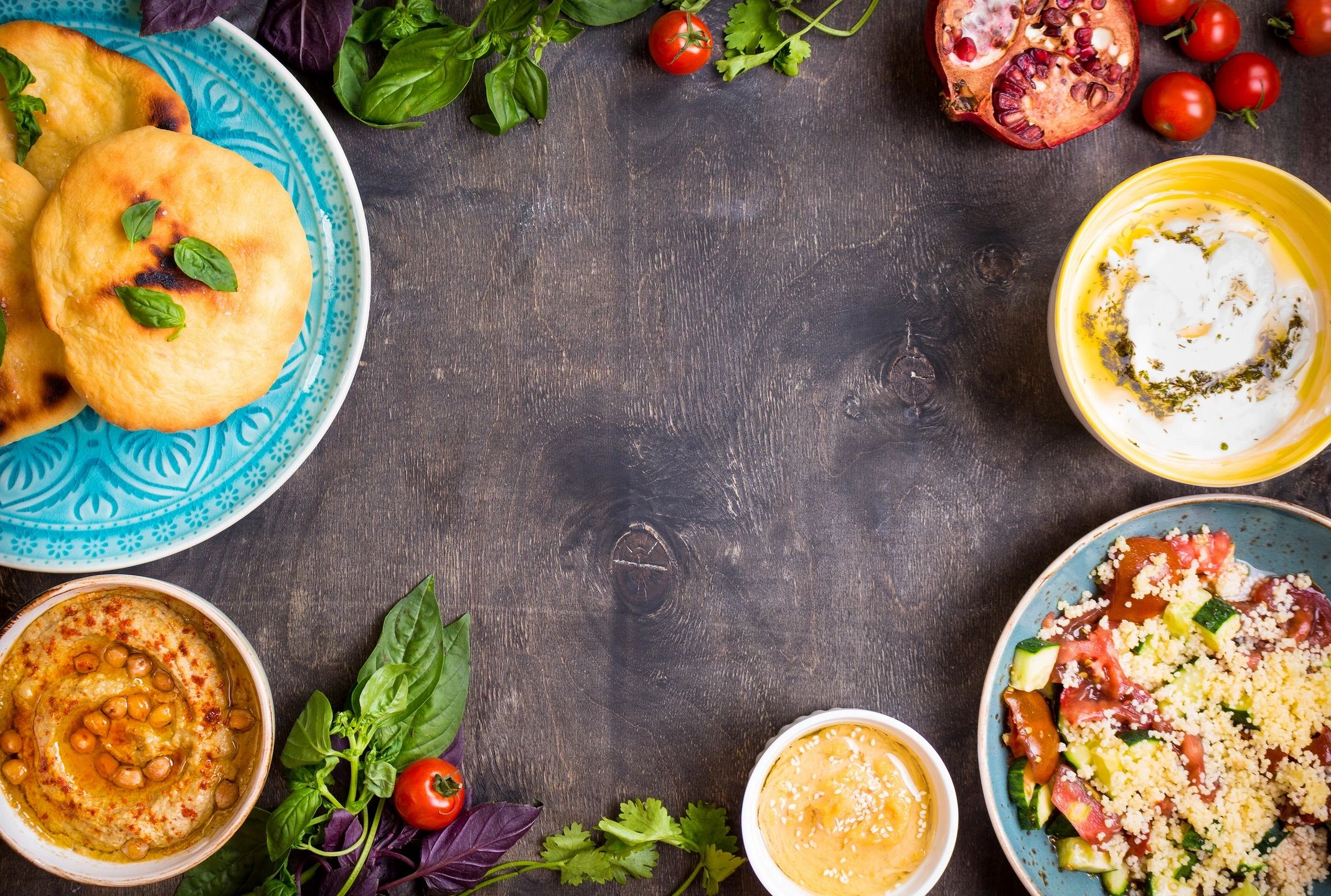5 Omega-3 Packed Recipes for a Healthier, Happier You
Omega-3 fatty acids are essential nutrients that provide a wide range of health benefits, from improving heart health to supporting brain function and reducing inflammation. While our bodies can’t produce these fats on their own, we can easily incorporate them into our diets through delicious meals featuring omega-3-rich ingredients like salmon, walnuts, flaxseeds, and chia seeds. In this article, we’ve crafted five mouthwatering recipes that are packed with these healthy fats, making it simple and enjoyable to prioritize your well-being.
Recipes:
1. Maple-Glazed Salmon with Roasted Brussels Sprouts
This sweet and savory dish combines omega-3-rich salmon with nutrient-packed Brussels sprouts for a balanced meal.
Ingredients:
- 4 salmon fillets (4-6 oz each)
- 2 tbsp maple syrup
- 1 tbsp Dijon mustard
- 1 tbsp olive oil
- 2 cups Brussels sprouts, halved
- 1/2 tsp black pepper
Instructions:
- Preheat oven to 400°F (200°C).
- Mix maple syrup, Dijon mustard, and olive oil. Brush over salmon fillets.
- Toss Brussels sprouts with olive oil and black pepper.
- Place salmon and sprouts on a baking sheet and roast for 15-20 minutes.
2. Walnut and Spinach Pesto Pasta
A plant-based pasta dish featuring walnuts for a creamy, omega-3-rich pesto sauce.
Ingredients:
- 1 cup fresh spinach leaves
- 1/2 cup walnuts
- 1/4 cup olive oil
- 2 tbsp lemon juice
- 2 garlic cloves
- 12 oz whole-grain pasta
Instructions:
- Blend spinach, walnuts, olive oil, lemon juice, and garlic until smooth.
- Cook pasta according to package instructions and toss with pesto.
- Serve warm, topped with extra walnuts if desired.
3. Chia Seed Berry Smoothie
A quick and refreshing way to enjoy the omega-3 benefits of chia seeds.
Ingredients:
- 1 cup unsweetened almond milk
- 1/2 cup frozen mixed berries
- 2 tbsp chia seeds
- 1/2 banana
- 1 tsp honey (optional)
Instructions:
- Combine all ingredients in a blender and blend until smooth.
- Let sit for 5 minutes to allow the chia seeds to thicken slightly, then enjoy.
4. Mackerel and Avocado Salad
A protein-packed salad featuring mackerel and avocado for double the omega-3 goodness.
Ingredients:
- 1 can (4 oz) mackerel, drained
- 1 avocado, diced
- 2 cups mixed greens
- 1/2 cup cherry tomatoes, halved
- 2 tbsp olive oil
- 1 tbsp lemon juice
Instructions:
- Combine mackerel, avocado, greens, and tomatoes in a bowl.
- Drizzle with olive oil and lemon juice. Toss gently and serve immediately.
5. Flaxseed and Banana Pancakes
A healthy twist on breakfast, these pancakes are rich in omega-3s thanks to ground flaxseeds.
Ingredients:
- 1 cup whole-grain flour
- 2 tbsp ground flaxseeds
- 1 tbsp baking powder
- 1 ripe banana, mashed
- 1 cup unsweetened almond milk
- 1 tsp vanilla extract
Instructions:
- Combine flour, flaxseeds, and baking powder in a bowl.
- In another bowl, mix banana, almond milk, and vanilla. Combine with dry ingredients.
- Cook pancakes on a non-stick skillet over medium heat until bubbles form. Flip and cook until golden.
Incorporating omega-3-rich foods into your meals doesn’t have to be complicated or time-consuming. These recipes show how easy it is to enjoy delicious dishes that support heart health, brain function, and overall well-being. Whether you’re savoring a maple-glazed salmon fillet or starting your day with flaxseed pancakes, these meals offer the perfect balance of nutrition and flavor. Give these recipes a try and experience the benefits of omega-3s for yourself!
Want to find more recipes? Read about our heart-healthy recipes here!









